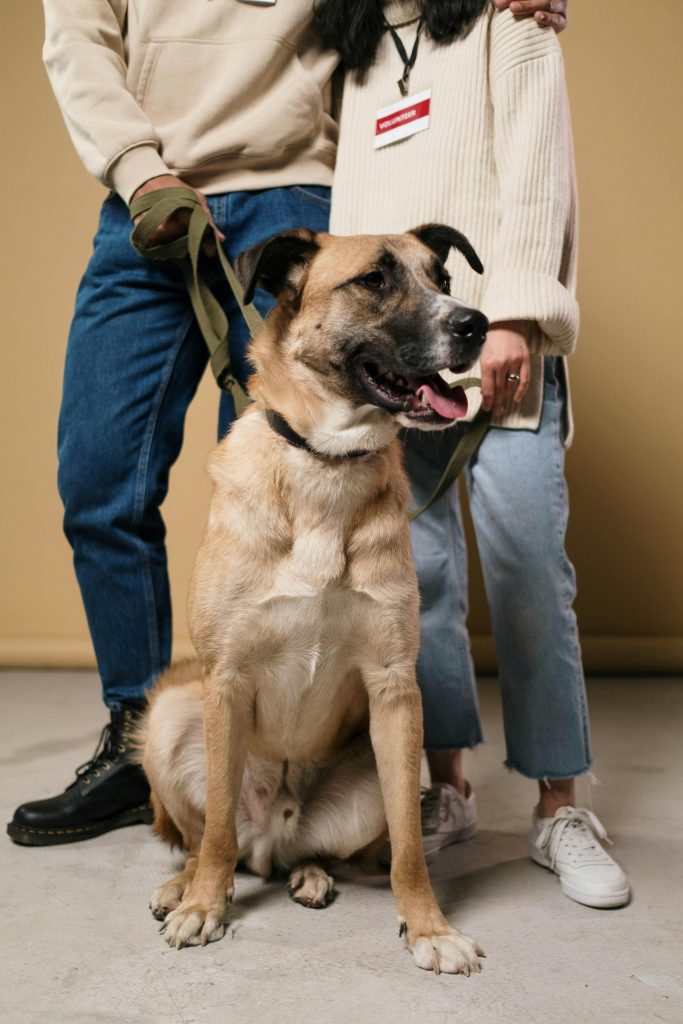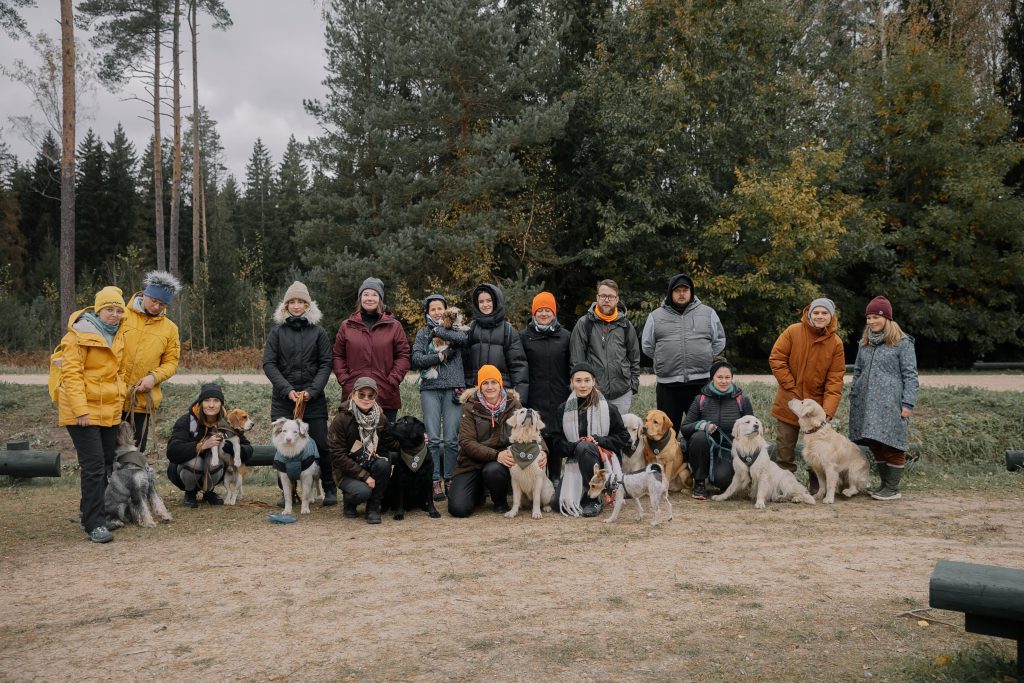A career in dog training can feel lonely at times. While the work itself is rewarding, it often involves long hours, especially if you’re working solo or running your own business. Dog trainers spend a lot of time in one-on-one sessions or working independently on training strategies. Building connections in dog training will keep you connected and increase exposure for your business.
Many dog trainers find ways to combat loneliness by joining communities of like-minded professionals, whether online or in person. Attending workshops, conferences, and networking events can help you connect with other trainers, share experiences, and get support. Additionally, building a strong relationship with your clients and seeing the results of your training can also provide a sense of fulfillment and connection.
Here are some ideas for building connections in dog training and combating loneliness in your career:

Join a Training Community
Online Communities:
There are many forums and social media groups where dog trainers share tips, experiences, and challenges. Websites like Facebook, or even LinkedIn have vibrant dog training communities. ISCDT has their own Facebook group called Dog Trainer Geeks. It is a safe place where our trainers can ask questions, share accomplishments and play games to increase dog training knowledge.
Local Networking:
Consider joining local dog trainer associations, small business networking groups or attending meetups. Connecting with others who are doing similar work can help foster relationships, give you a sense of belonging, and offer a network for advice or collaboration.
Collaborate with Other Professionals
Veterinarians and Groomers:
Building relationships with local vets and groomers can provide mutual referrals, and you can exchange insights. They often see dogs in need of training or behavior modification.
Pet Sitters and Walkers:
If you work with pet sitters or dog walkers, they can give you valuable feedback on how your training is working in real-world scenarios, and you may help them by offering guidance.
Pet Stores and Trainers:
Partner with pet stores or other dog-related businesses for co-hosted events, demonstrations, or workshops. This helps you interact with more people and shows off your expertise.

Offer Group Classes or Workshops
Group classes are a great way to work with multiple dogs and owners at once, offering you social interaction with clients while benefiting from the collective energy.
Workshops, seminars, or public demonstrations are excellent for not only combating professional isolation, but also building connections in dog training that showcase your training approach to a wider audience.
Set Up a Mentor-Mentee Relationship
If you’re experienced in dog training, consider mentoring someone newer to the field. This can help both of you grow and stay connected. Conversely, you can find a mentor if you’re newer to the profession.
Mentors at ISCDT – Dog Trainer Program stick by your side even after you graduate. We enjoy working with our students and providing a helping hand while they work in the field. Engaging in such a relationship will offer support, guidance, and camaraderie, which can combat professional isolation.
Get Involved in Animal Rescue Work
Volunteering or collaborating with animal shelters can be a rewarding way to connect with both the dogs and the community. Rescuing and rehabilitating dogs often brings together people from diverse backgrounds who share a common goal.
Additionally, you can take additional classes that teach you how to work with specific breeds or types of dogs (like aggressive or anxious ones) that need extra care.
Attend Dog Training Workshops or Conferences
Going to events where other trainers and professionals meet provides an opportunity for learning and networking. Not only will you improve your skills, but you’ll be able to meet others who share your passion and gain inspiration.

Consider an Assistant or Partner
If you’re working solo and feel the isolation, you might want to hire an assistant to help with certain aspects of your business. This can create opportunities for collaboration and reduce the emotional isolation.
You could also explore teaming up with another dog trainer. Teaming up for certain classes or projects can offer creative collaboration and shared responsibility.
Embrace Technology
Use online platforms like Zoom, YouTube or social media to hold virtual classes, provide remote training advice, or offer content that helps others. This expands your reach and brings more interaction into your day.
You can even offer virtual group training sessions or consultations with clients around the world.
Focus on Personal Development and Balance:
Engage in activities outside of work that help you recharge, whether it’s joining a hobby group or pursuing new interests. A balance between work and life can reduce the mental strain and keep you feeling more positive and connected.
Self-care, staying active, and maintaining friendships will keep you from feeling too isolated during the workday.
Client Engagement:
Develop long-term relationships with your clients. Staying in touch and following up on their dog’s progress after the training ends can help you feel more connected.
Offering ongoing support, like regular check-ins or “refresher” classes, also allows you to maintain a personal connection with both the dogs and their owners.
Conclusion
While dog training can sometimes feel solitary, there are many ways in building connections in dog training and fostering a supportive network around you. By reaching out to other professionals, engaging in community activities, and finding ways to collaborate, you can make the career feel less lonely and more rewarding.

ISCDT – Dog Trainer Program offers an extensive course in dog training. We also offer a course in starting your own business. Visit ISCDT.com to learn more about our programs.
